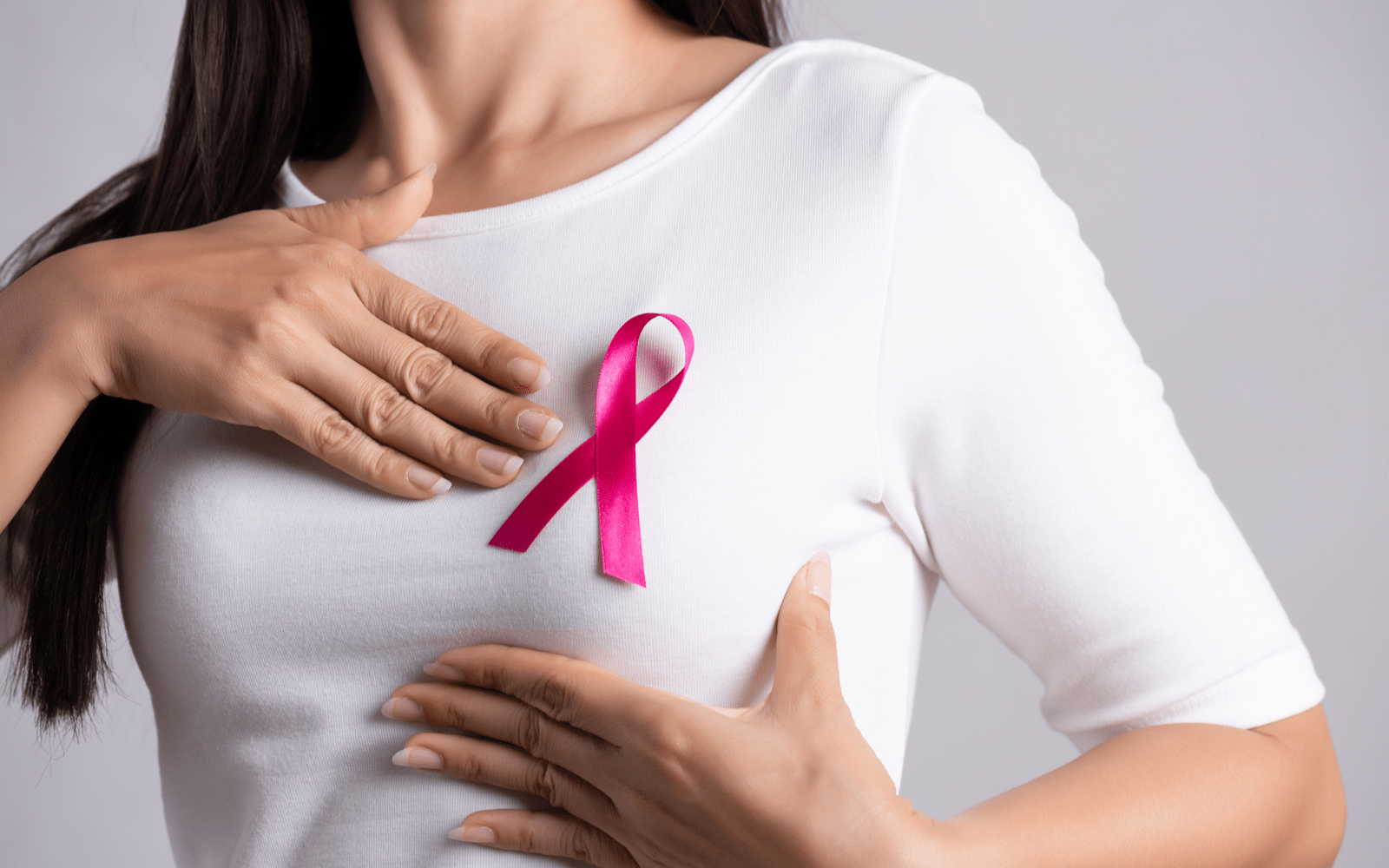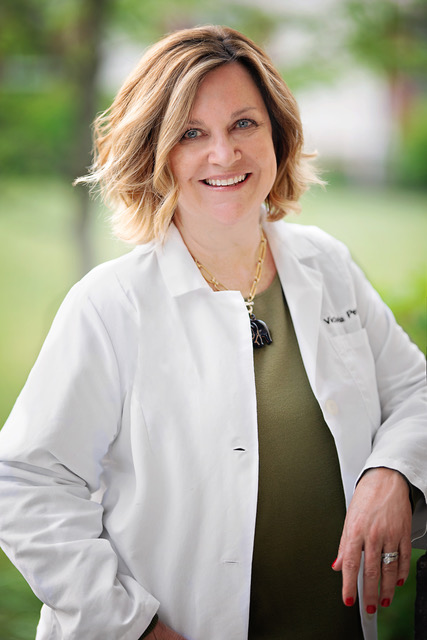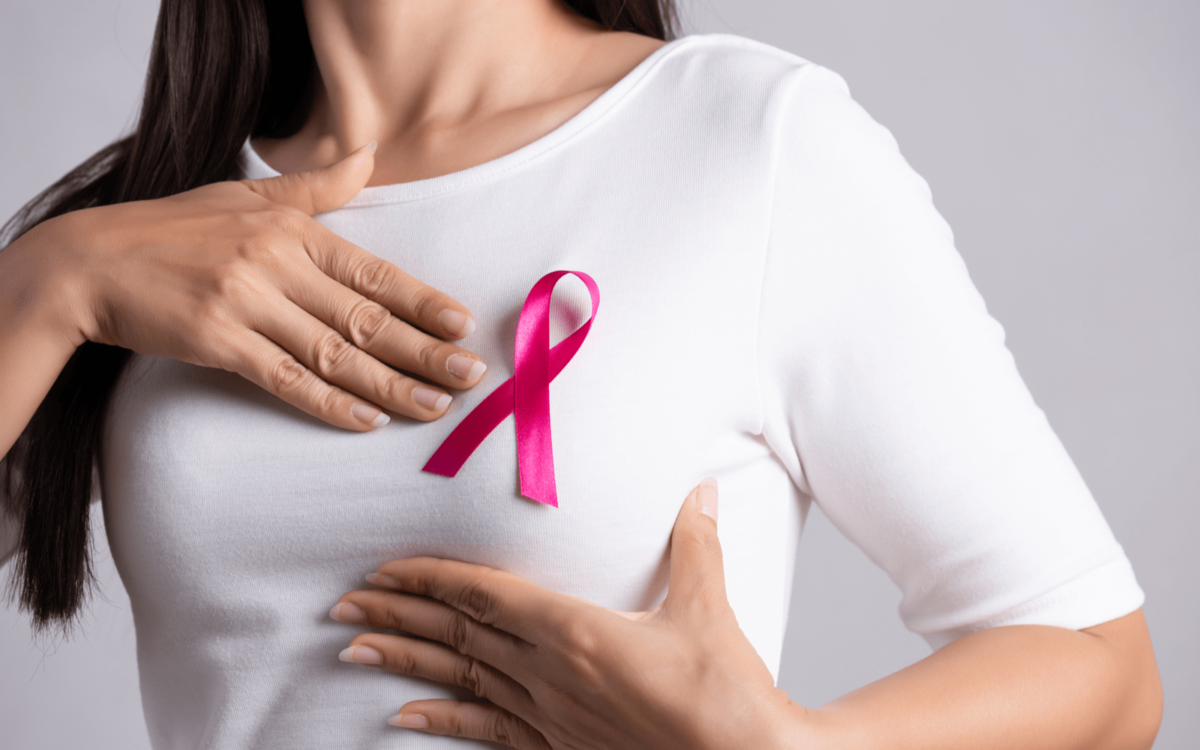Breast cancer is considered one of the leading causes of death in women, killing over 40,000 women each year. As treatment options continue to expand and these newer developments have been helping women detect cancer earlier. Self-breast exams ensure that you’ll have the best chance of catching it while it’s treatable. Although we don’t have a definitive way to prevent breast cancer, there are things you can do to lower your risk, including self-breast exams, exercising, and keeping a healthy weight. Self-examinations are your first line of defense against breast cancer and can help you get treatment sooner.
Facts About Breast Cancer and Breast Cancer Prevention
When it comes to tackling breast cancer, there’s no sure way to indeed prevent it. Therefore, understanding its risk factors is crucial towards allowing people to diagnose and treat it as early as possible. Clinical exams each year performed by your gynecologist will help, but self-examinations can improve early detection. Self-examinations can help you recognize the feel and look of your breasts and help notice any unusual changes or sensations that look out of the ordinary.
Getting these changes checked out as soon as possible is crucial because survival rates for breast cancer highly depend on early detection:
- Stage 0-1: Survival rates for breast cancer are 98.8%,
- Stage 2: At stage 2 breast cancer, survival rates drop by 5%, leading to a 93% survival rate.
- Stage 3: Once it reaches stage 3, cancer survival rates continue to drop at 72%
- Stage 4: When it reaches stage 4, survival rates are at a minimum of 22%
Cancer survival rates also rely on its location, how fast it’s spread, but treatments are continuing to improve, and these numbers don’t take into account how cancer will respond to those treatments. Self-exams are the best indicator of your risk and can help prevent your survival rate from dropping. While there are other various factors that can influence your risk for breast cancer, working to beat it early is the best method you have towards a healthier outlook.
How To Perform a Breast Self-Examination
There are numerous checking methods that can be used to perform self-examinations, but it’s important to perform these each month to help notice any unusual changes, including hard lumps, painful irritations, redness, and swelling. Some methods you can use to perform these self checkups include:
- Mirror: Observe yourself in the mirror and place your arms at your side, then raise your arms over your head and then return your arms back to your hips. Then flex your chest to observe your breast tissue and muscles. Deflation and puckering are standard indicators for early signs of breast cancer.
- Shower: While in the shower, use the pads of your fingertips to move around and feel for any lumps or puckering. Move your fingers in circular motions from the outside to the center, and use soap to help feel for the best results.
- Laying Down: Place a pillow under one should and place your arm behind your head; using your finger pads, place varying pressure and feel your breasts lying on the pillow side for any unusual changes, and perform this method on the other side.
If you notice any unusual changes, make sure to call your physician or gynecologist for symptoms that include lumps, discharge, and stinging. Call today to discuss your options, and make sure to visit your gynecologist for your annual visit for any other needs for your health.







